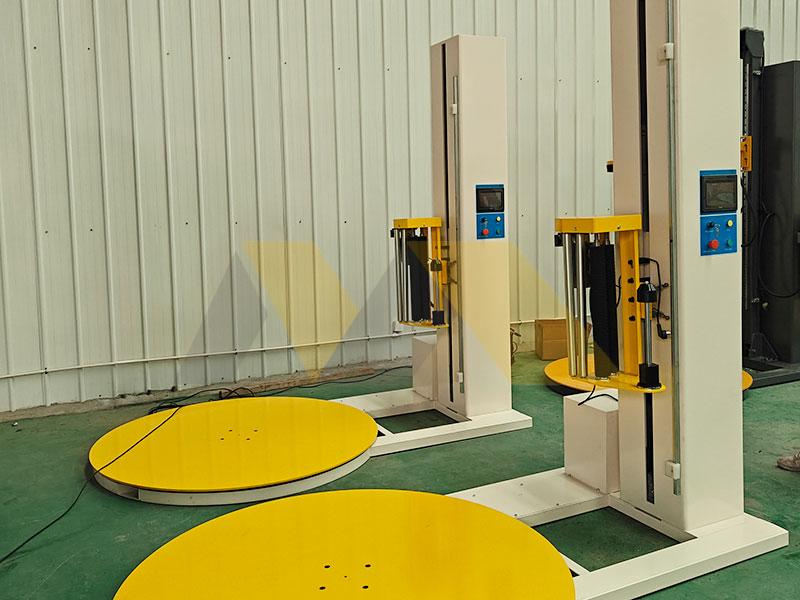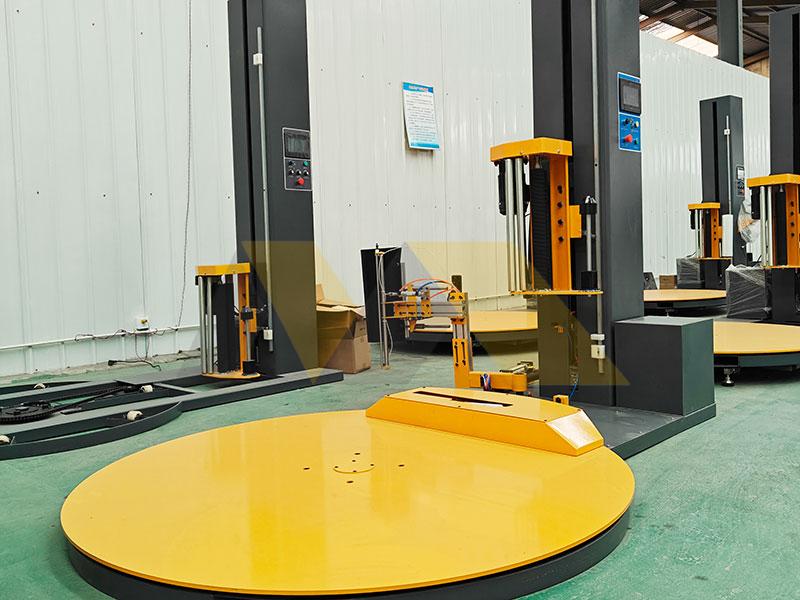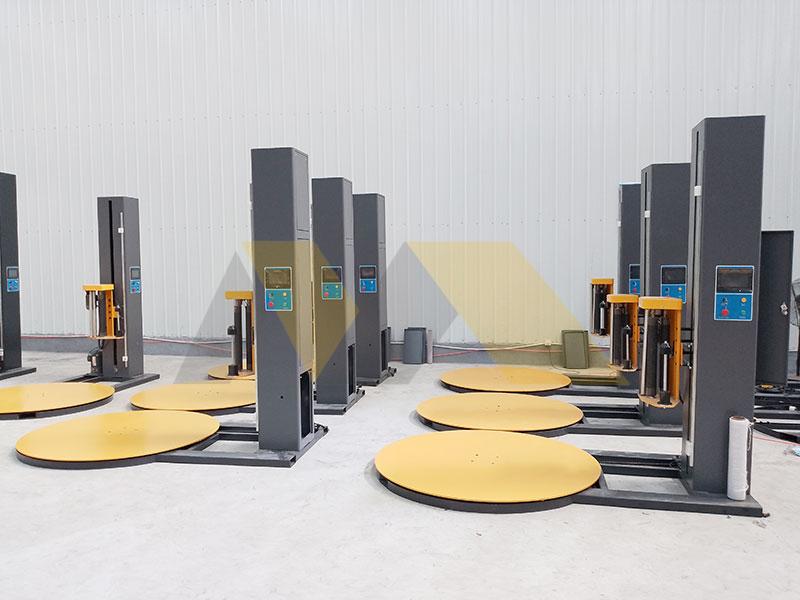Damaged goods during transit? Production delays eating profits? Choosing correctly prevents recurring failures and boosts output.
Select packaging machines matching your product dimensions, daily volume, and environmental conditions. Prioritize ISO-certified suppliers offering customization and export-compliant designs for seamless international shipping.
For North American buyers like Lambert, I’ve seen costly mistakes. Equipment mismatch caused 30% productivity loss for his Toronto shipment last quarter. Here’s practical guidance from our workshops.
Which are the best machines for packing?
Packaging bottlenecks slowing fulfillment? Wrong machines create film waste and frustration. Product-specific pairing solves this permanently.
Vertical form-fill-seal units for powders, shrink tunnels for bundle protection, and automated case sealers for boxed goods lead industrial applications. Match machine capabilities to your products and daily throughput.
Product-Driven Machine Selection
Lambert initially bought generic units that jammed handling electronics – we replaced them with anti-static models saving $8K monthly. Follow this framework:
| Product Type | Recommended Machine | Key Features Required | Output Range |
|---|---|---|---|
| Powder/Granules | Vertical form-fill-seal | Nitrogen-flushing capability | 40-90 bags/minute |
| Multi-item Bundles | L-Bar shrink tunnels | Precision heat zones | 20-35 bundles/min |
| Boxed Goods | Semi-auto case sealers | Adjustable pressure settings | 10-25 cases/min |
| Pharma Products | Blister packaging systems | Clean-room compliance | 50-120 blisters/min |
Core considerations:
- Climate resilience: Japanese buyers require humidity-resistant seals
- Changeover time: Modular designs switch products in under 5 minutes
- Material waste: Sensors reduce film consumption by 19-27%
Optimize costs: our hybrid solutions cut Canadian importers’ expenses 35% through bundled shipping. Get custom recommendations
What is a wrapping machine?
Manual wrapping wasting labor hours? Human inconsistency causes load failures. Purpose-built automation ensures stability.
Wrapping machines apply tension-controlled film around products using rotating arms or conveyors, creating shipping-ready secured pallets or bundles. They replace 4 workers and eliminate load shifts during transit.
Engineering Stability for Export Challenges
Failed shipments plagued Lambert until we analyzed his Montreal-Vancouver truck routes:
-
Vibration Risks
-
Standard units vs. heavy-duty comparison: Standard Heavy-duty Export Max Pallet Weight 1,500kg 2,500kg Vibration Tolerance Medium High (shock sensors) Frame Construction Steel Reinforced alloy
-
-
Load Shift Prevention
- Automatic pre-stretch: 250% film elongation
- Bottom-wrap reinforcement protocols
- Pattern memory for irregular shapes
Our Jakarta client reduced cargo claims 78% after installing turntable wrappers with moisture sensors. Pro tip: Check arm reach matches pallet height – Toronto docks require 220cm clearance. Export-grade machines include voltage stabilizers for overseas use.
What should I know about stretch wrap?
Film tearing mid-transport? Weak containment collapses stacks. Material science mastery prevents losses.
Stretch film performance hinges on gauge (50-80 micron), cling additives, and pre-stretch capability. Export shipments demand 22+ layers with UV inhibitors for sea transit protection.
Film Selection Impact on Shipment Security
After analyzing 317 damaged shipments, we discovered:
-
Cost vs. Quality Reality Gauge Cost/roll Max Load Height Humidity Failure Rate 50µ $18 1.8m 42% @ 85% RH 65µ $24 2.4m 17% @ 90% RH 80µ $31 3.1m 6% @ 95% RH
Critical factors:
- Cling Lifetime: 1-3 month shelf stability for overseas warehousing
- Core Specifications: 3-inch vs. 1-inch impact on machine compatibility
- Tensile Strength: >300% elongation prevents punctures
Singapore importers now save $7K/month using our pre-stretched nano-layer film. Request material certification sheets to avoid counterfeits – Lambert once received mislabeled industrial rolls.
What is the best packaging machine?
Searching for one universal solution? Production variables demand tailored approaches. Precision matching optimizes ROI.
Modular semi-automatic systems offer maximum flexibility. Leading Canadian distributors report 14-month ROI with customized combos handling multiple packaging formats on one production line.
ROI-Driven Selection Framework
From our Osaka and Montreal client data:
| Standalone Unit | Modular System | Custom Configuration | |
|---|---|---|---|
| Setup Cost | $14K-$37K | $52K-$121K | $88K-$210K |
| Changeover | 60+ minutes | 8-12 minutes | Under 5 minutes |
| Labor Reduction | 30% | 65% | 85-95% |
| 5-Year ROI | 18 months | 12 months | 8-10 months |
Key metrics:
- Uptime tracking: Our IoT-enabled machines achieve 99.3% vs industry 88%
- Throughput per kW: Energy analytics reduce costs 22%
- Failure costs: Genuine parts cut downtime expenses 63%
Lambert doubled his distribution capacity using our integrated sealing-wrapping stations. Calculate your savings: Consult our engineers
Conclusion
Targeted equipment selection prevents operational losses and maximizes profitability. Consult certified factory partners for data-driven solutions.



